Gansu Province, in northwestern China, is about the same size as California, with a population of about 26 million people. Most of its inhabitants are Han Chinese, with some ethnic Hui and Tibetans. Gansu’s diverse landscapes include parts of the Gobi Desert, the Yellow River, numerous mountain formations, and remnants of the Silk Road and the Great Wall of China. The mostly arid lands range in elevation from about 3,000 feet above sea level to mountains more than 19,000 feet tall. Gathered here are recent images from across China’s Gansu Province.
 Landforms at Zhangye Danxia Landform Geological Park in Zhangye City, northwest China's Gansu Province, on July 7, 2014. Danxia, which means “rosy cloud,” is a special landform formed from reddish sandstone that has been eroded over time into a series of mountains surrounded by curvaceous cliffs and many unusual rock formations.Wang Song / Xinhua Press / Corbis
Landforms at Zhangye Danxia Landform Geological Park in Zhangye City, northwest China's Gansu Province, on July 7, 2014. Danxia, which means “rosy cloud,” is a special landform formed from reddish sandstone that has been eroded over time into a series of mountains surrounded by curvaceous cliffs and many unusual rock formations.Wang Song / Xinhua Press / Corbis The Maijishan Grottoes in the city of Tianshui, Gansu Province, on August 12, 2015. The Maijishan Grottoes are a series of 194 caves cut in the side of the hill of Majishan in Tianshui. This example of rock-cut architecture contains over 7,200 Buddhist sculptures and over 1,000 square meters of murals. Construction began in the Later Qin era (384-417 CE).Imaginechina / Corbis
The Maijishan Grottoes in the city of Tianshui, Gansu Province, on August 12, 2015. The Maijishan Grottoes are a series of 194 caves cut in the side of the hill of Majishan in Tianshui. This example of rock-cut architecture contains over 7,200 Buddhist sculptures and over 1,000 square meters of murals. Construction began in the Later Qin era (384-417 CE).Imaginechina / Corbis Closer view of the Maijishan Grottoes in the city of Tianshui on August 12, 2015. The tallest statue is 16 meters tall and the smallest is only 10 centimeters tall.Imaginechina / Corbis
Closer view of the Maijishan Grottoes in the city of Tianshui on August 12, 2015. The tallest statue is 16 meters tall and the smallest is only 10 centimeters tall.Imaginechina / Corbis A train speeds through a gap in a section of the Great Wall of China, past Jiayuguan Pass, in front of the snow-covered Qilian Mountains in Jiayuguan, Gansu Province, on April 28, 2007.Jason Lee / Reuters
A train speeds through a gap in a section of the Great Wall of China, past Jiayuguan Pass, in front of the snow-covered Qilian Mountains in Jiayuguan, Gansu Province, on April 28, 2007.Jason Lee / Reuters A farmer walks past a terrace of codonopsis pilosula, a traditional Chinese medicine also known as dang shen, in Min County, Gansu Province, on May 31, 2011. Rows of white plastic shields have been installed to protect the roots of the dang shen to keep it warm and moist. Commonly used as a cheaper substitute for ginseng, the herb is believed to lower blood pressure, boost the immune system, and improve appetite.Sheng Li / Reuters
A farmer walks past a terrace of codonopsis pilosula, a traditional Chinese medicine also known as dang shen, in Min County, Gansu Province, on May 31, 2011. Rows of white plastic shields have been installed to protect the roots of the dang shen to keep it warm and moist. Commonly used as a cheaper substitute for ginseng, the herb is believed to lower blood pressure, boost the immune system, and improve appetite.Sheng Li / Reuters Yueyaquan, or Crescent Lake, in Dunhuang, Gansu Province, on May 12, 2013. Formerly a silk route hub and center for trade between China and the West, Dunhuang relies heavily on tourism and features a number of historic sites dating back to the Han Dynasty. The city has an arid climate and is surrounded by sand dunes, a result of increasing desertification.Ed Jones / AFP / Getty
Yueyaquan, or Crescent Lake, in Dunhuang, Gansu Province, on May 12, 2013. Formerly a silk route hub and center for trade between China and the West, Dunhuang relies heavily on tourism and features a number of historic sites dating back to the Han Dynasty. The city has an arid climate and is surrounded by sand dunes, a result of increasing desertification.Ed Jones / AFP / Getty Visitors walk on the Mingsha sand dunes on the outskirts of Dunhuang, Gansu Province, on April 29, 2007. According to local sources, the Mingsha sand dunes stretch more than 40 kilometers (25 miles) long and 20 kilometers (12.4 miles) wide, reaching heights of 1,715 meters (5,630 feet).Jason Lee / Reuters
Visitors walk on the Mingsha sand dunes on the outskirts of Dunhuang, Gansu Province, on April 29, 2007. According to local sources, the Mingsha sand dunes stretch more than 40 kilometers (25 miles) long and 20 kilometers (12.4 miles) wide, reaching heights of 1,715 meters (5,630 feet).Jason Lee / Reuters A worker inspects solar panels at a solar farm in Dunhuang, Gansu Province, on September 16, 2013. China is pumping investment into wind power, which is more cost-competitive than solar energy and partly able to compete with coal and gas.Carlos Barria / Reuters
A worker inspects solar panels at a solar farm in Dunhuang, Gansu Province, on September 16, 2013. China is pumping investment into wind power, which is more cost-competitive than solar energy and partly able to compete with coal and gas.Carlos Barria / Reuters A crumbling section of the Great Wall of China is seen near the rebuilt Jiayuguan fort, at rear, in China's Gansu province on October 11, 2005. Though parts of the Great Wall have been fully restored, much of it is in disrepair, with many areas crumbling or even buried under sand.Greg Baker / AP
A crumbling section of the Great Wall of China is seen near the rebuilt Jiayuguan fort, at rear, in China's Gansu province on October 11, 2005. Though parts of the Great Wall have been fully restored, much of it is in disrepair, with many areas crumbling or even buried under sand.Greg Baker / AP A sandstorm hits the Shandan Horse Ranch in Zhangye, Gansu Province, on March 5, 2013. According to eyewitnesses, large amounts of black dust and sand were pushed by strong winds, resembling a wall rolling across the horse farm from the west.AFP / Getty
A sandstorm hits the Shandan Horse Ranch in Zhangye, Gansu Province, on March 5, 2013. According to eyewitnesses, large amounts of black dust and sand were pushed by strong winds, resembling a wall rolling across the horse farm from the west.AFP / Getty
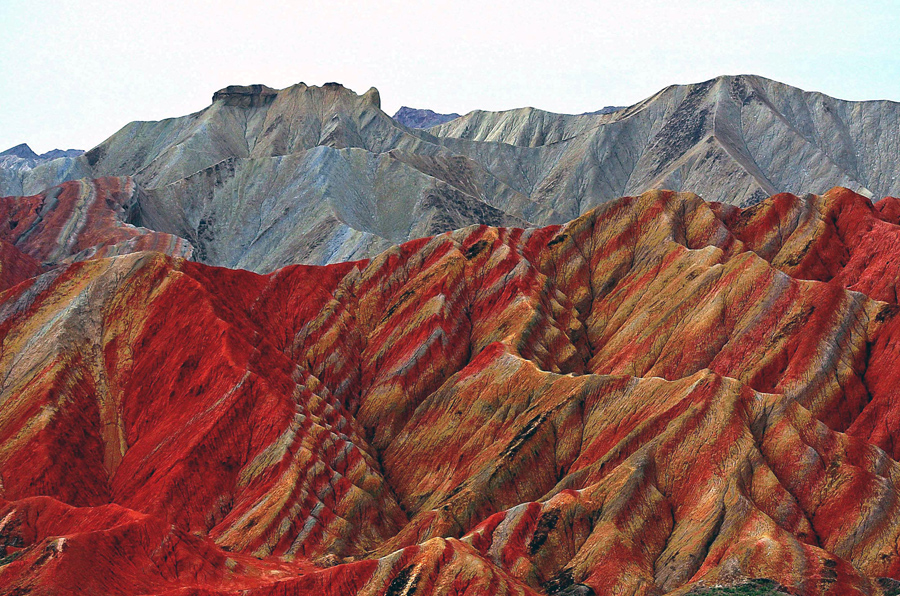

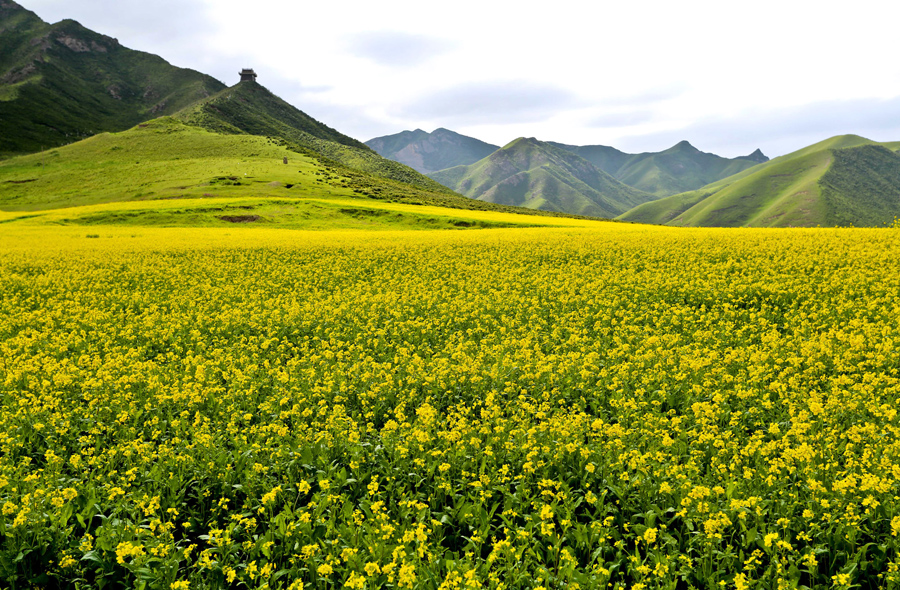





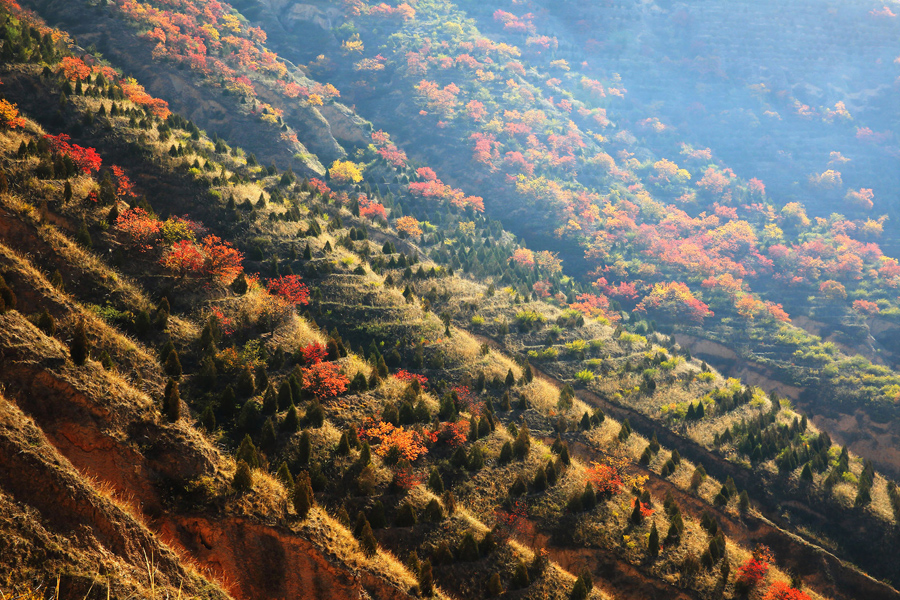



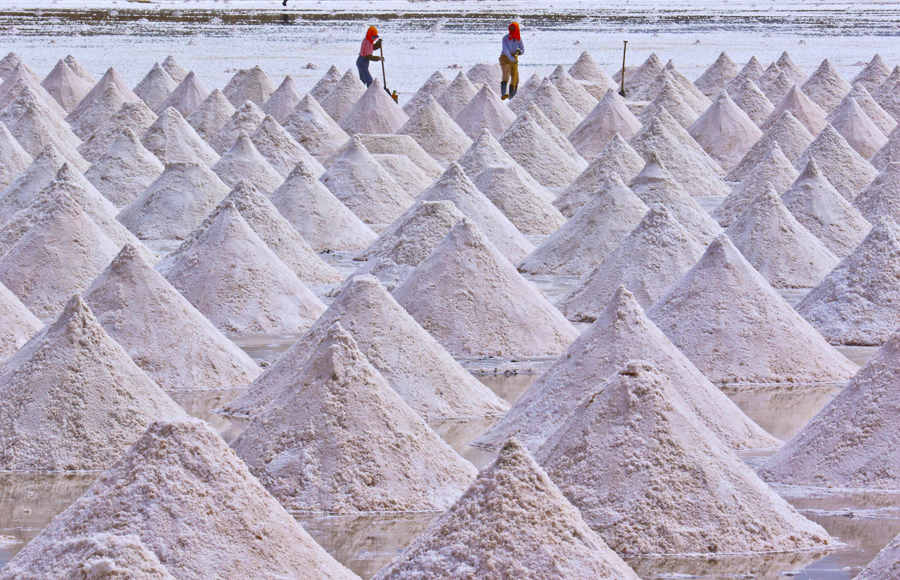
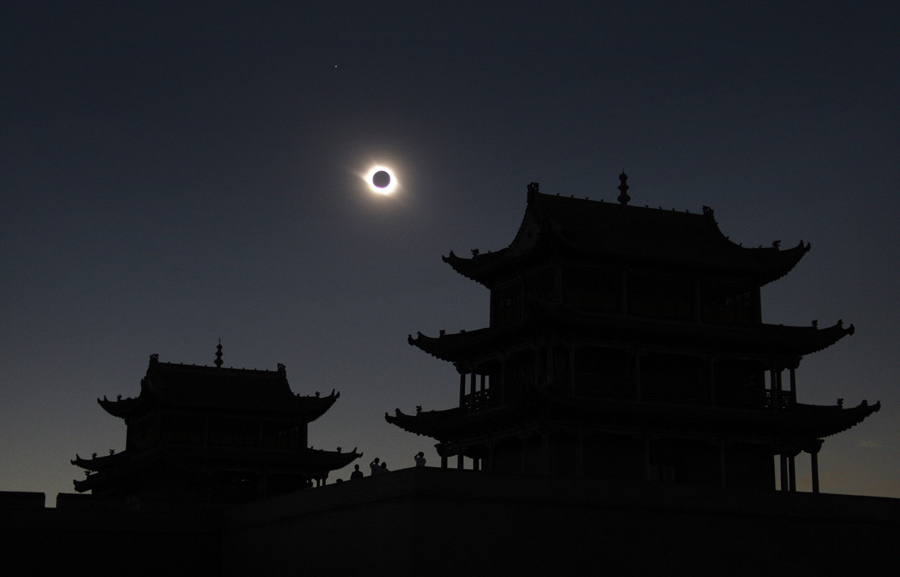

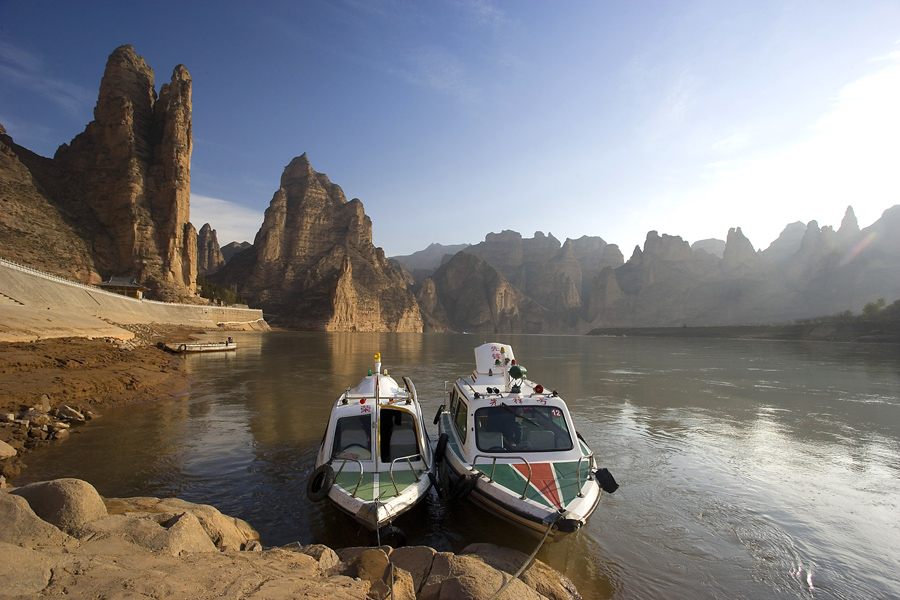







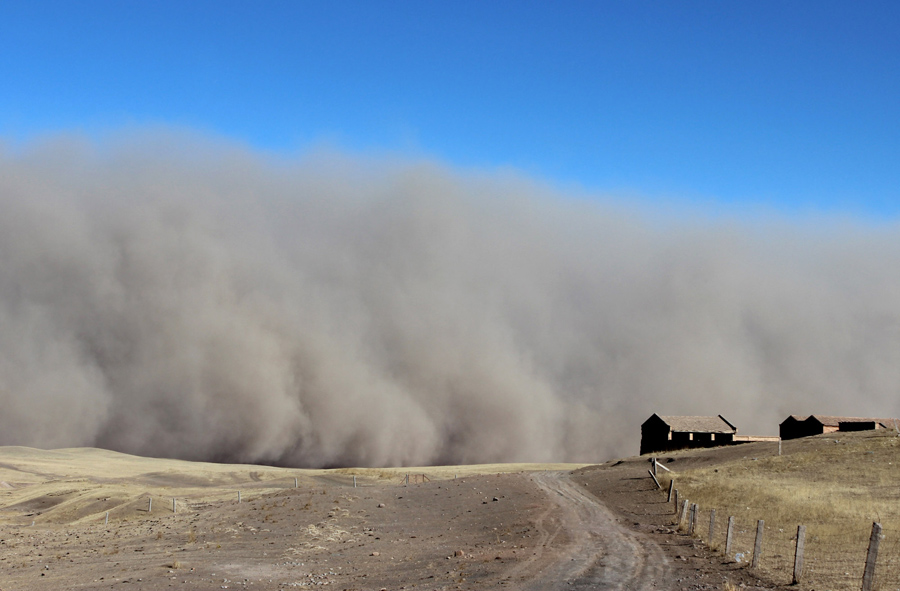





댓글 없음:
댓글 쓰기